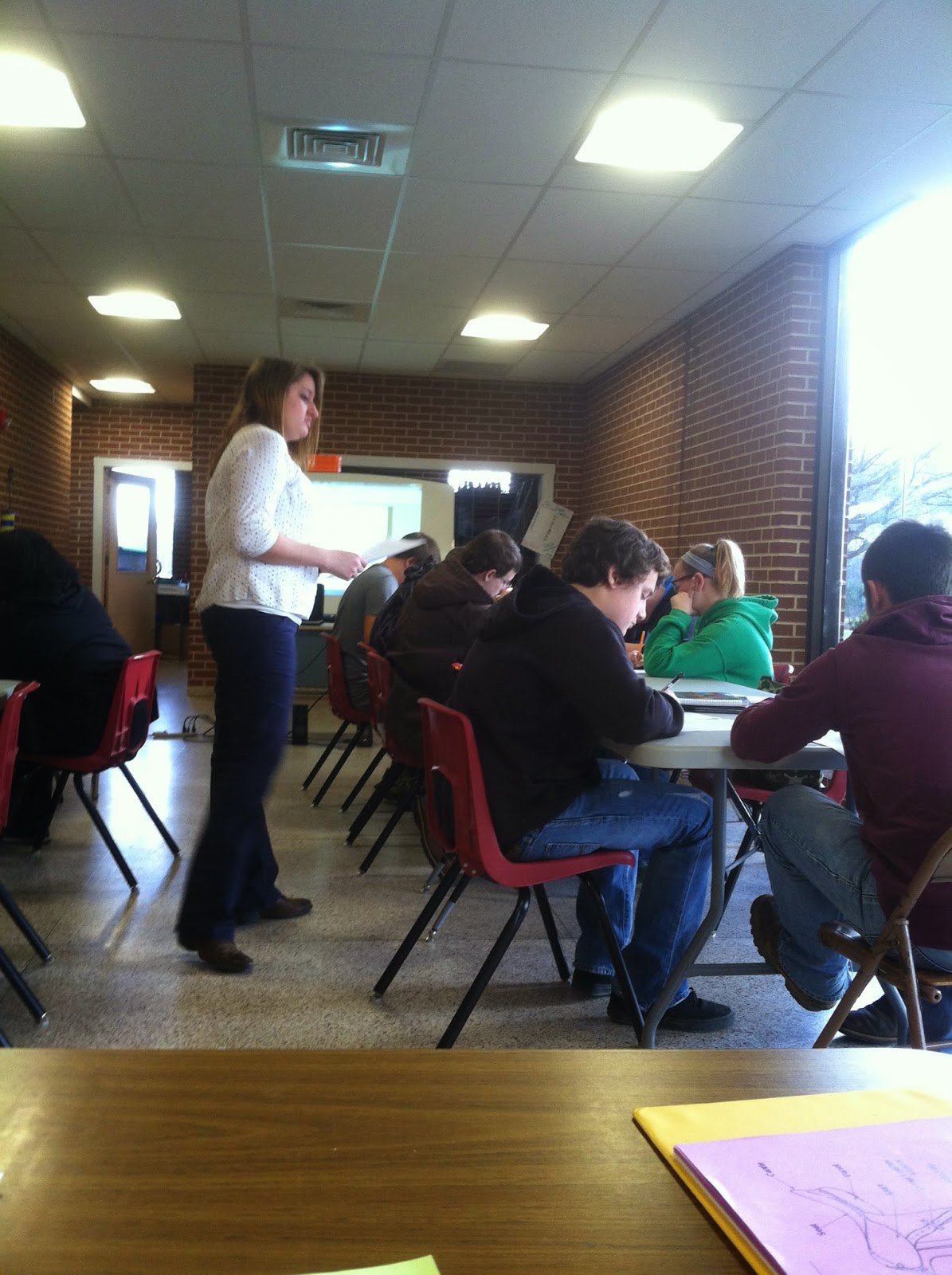I taught the Life Knowledge lesson number 29 Valuing My Contributions. The lesson described what a contribution is, allowed students to provide examples of how they can contribute to their school, family, and community, and create contribution goals to work towards in the future. I chose this lesson because I think it is important for individuals to positively contribute and impact their school, family, and local community. I wanted to try to open the eyes of my future students and help them realize there is so much more to the world around them. I also felt that this lesson ties in nicely with FFA and community service.
I started off the lesson by handing out a piece of candy to each student as part of my interest approach. I instructed students not to eat the candy until I told them to do so. I asked students how they felt when they received the candy and then how they felt once they were allowed to eat the candy. This led into the beginning of the lesson: defining a contribution. I discussed this with the students and then asked them to provide examples of how they can positively contribute to their school, family, and community. Students were then assigned to groups of three and had to draw four more examples of ways they can contribute to each of the three categories. Students presented their posters afterwards. To finish up class, students had to write one short term and one long term goal on the back of the poster pertaining to making positive contributions in their lives.
I thought that the lesson went well overall! I tried to improve the lesson and make it more interactive and engaging for the students. I think the use of candy at the beginning of the lesson worked really well to get their attention and capture their interest for the class. I wasn’t nervous teaching to a group of students I had never met, nor was I nervous to teach in front of Mr. Anderson. This was a great feat for me because I’m usually very nervous before teaching! I also walked around the room as students worked and interacted with each group. I was warm and friendly throughout the lesson and tried to be enthusiastic as well!
 That being said, I still have a few things to work on as I enter my student teaching experience. I need to continue to improve my classroom management skills. The class was well behaved overall, it was somewhat difficult for me to get their attention as they worked because they were chatty. I think part of that was because it was a half day and their last day of school before Thanksgiving break. I also need to continue to pose questions to students to encourage them to think. I did a decent amount of this during today’s lesson but looking back, I know I could have posed more “why” and “how” questions. I also need to make sure my directions are clear and students understand what they are supposed to do.
That being said, I still have a few things to work on as I enter my student teaching experience. I need to continue to improve my classroom management skills. The class was well behaved overall, it was somewhat difficult for me to get their attention as they worked because they were chatty. I think part of that was because it was a half day and their last day of school before Thanksgiving break. I also need to continue to pose questions to students to encourage them to think. I did a decent amount of this during today’s lesson but looking back, I know I could have posed more “why” and “how” questions. I also need to make sure my directions are clear and students understand what they are supposed to do.
Overall, teaching this Life Knowledge lesson was a great opportunity for me to get to know some of my future students as well as continue to improve my teaching abilities. I also had the opportunity to continue determining my strengths and areas to improve upon. I was very thankful for all of Mr. Anderson’s support, suggestions, and advice. He was honest, open, and provided thoughtful, encouraging feedback. Teaching this lesson and being back in the classroom at Elizabethtown has me so eager to student teach in January! This was just another awesome reminder of my passion for agriculture and my desire to positively impact students through agricultural education!







